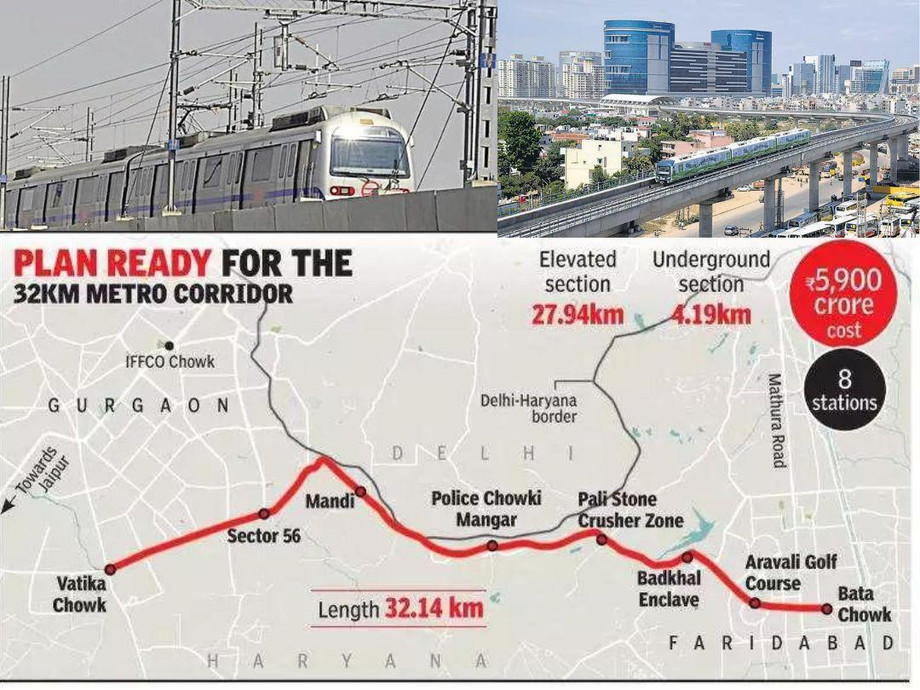Metro Map Gurgaon: Navigating the City with Ease
Gurgaon, now officially known as Gurugram, is one of the fastest-growing cities in India. It is renowned for its rapid urban development, thriving corporate sector, and advanced infrastructure. A pivotal component of this urban landscape is the metro map Gurgaon, which serves as a lifeline for daily commuters, residents, and tourists alike.
Understanding the Gurgaon Metro
The Gurgaon Metro, an extension of the Delhi Metro, offers seamless connectivity across various parts of the city and to the national capital. The metro map Gurgaon is designed to ensure efficient and convenient travel, reducing traffic congestion and promoting sustainable transportation.
Key Features of the Metro Map Gurgaon
-
Extensive Network: The metro system in Gurgaon is part of the Delhi Metro’s Yellow Line, which connects HUDA City Centre in Gurgaon to Samaypur Badli in Delhi. This line passes through key areas such as Sikanderpur, MG Road, and IFFCO Chowk.
-
Connectivity with Other Lines: At Sikanderpur station, commuters can transfer to the Rapid Metro, a local metro line that further enhances connectivity within Gurgaon. This makes it easier for residents and visitors to navigate the city without relying on road transport.
-
Future Expansions: Plans are in place to expand the metro network further, including new lines and extensions that will cover more areas of Gurgaon, thereby making the Gurgaon map with sectors even more accessible.
Advantages of the Metro Map Gurgaon
- Convenience: The metro provides a quick and reliable mode of transportation, significantly reducing travel time compared to road transport.
- Cost-Effective: It offers an affordable alternative to taxis and auto-rickshaws, making daily commutes budget-friendly.
- Eco-Friendly: By reducing the number of vehicles on the road, the metro helps lower carbon emissions, contributing to a greener environment.
Navigating Gurgaon with Sectors
Gurgaon is divided into several sectors, each with its own unique character and amenities. Understanding the Gurgaon map with sectors is crucial for residents and businesses. The metro stations are strategically located near major sectors, making it easier for commuters to access different parts of the city.
For instance, the HUDA City Centre station is close to sectors 29, 30, and 31, which are known for their residential and commercial hubs. Similarly, the MG Road station is adjacent to sectors 25, 26, and 28, which are popular for shopping and dining.
Conclusion
The metro map Gurgaon is an indispensable tool for anyone living in or visiting the city. It not only facilitates easy movement but also integrates seamlessly with the Gurgaon map with sectors, ensuring that all parts of the city are within easy reach. As Gurgaon continues to grow, the metro network will undoubtedly play a crucial role in shaping its future.

Comments
Post a Comment